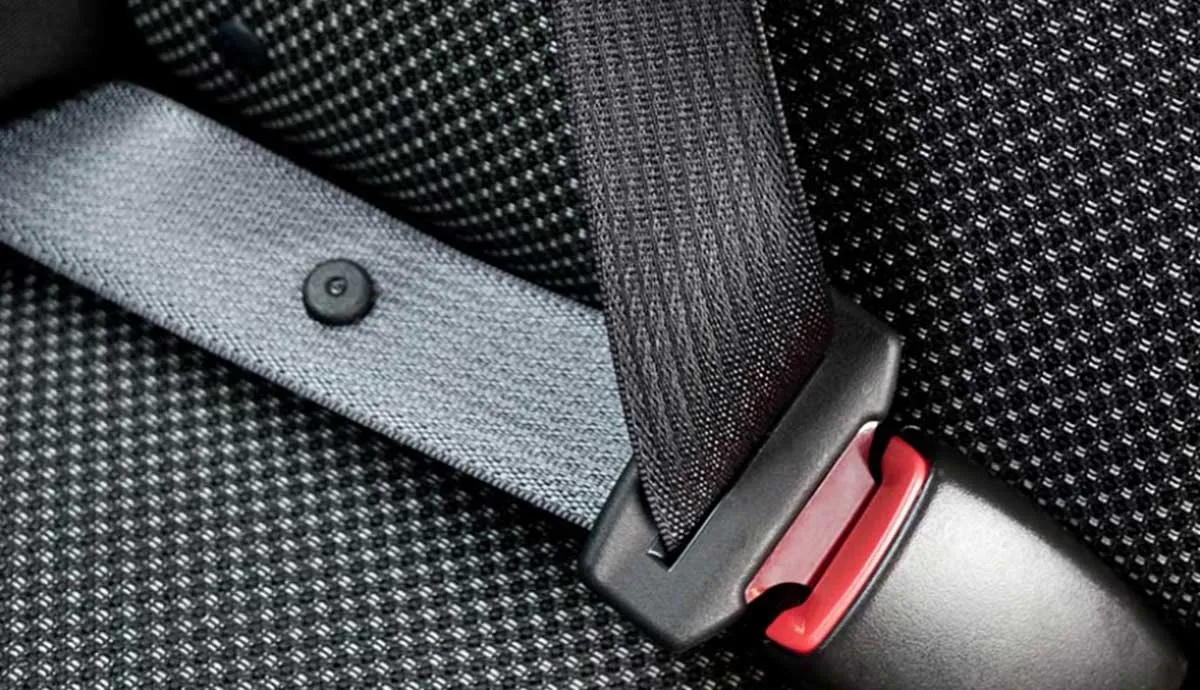As consumers, we ask a lot of a vehicle’s interior. We want comfort and good looks. It’s a living space and an office, a treat for the senses and a protective cocoon, but there are safety issues. For instance, it can’t distract the driver’s view and the dash can’t reflect onto the windscreen. And at night, the soft glow of the dials and switches must be subdued to ensure a driver’s attention isn’t diverted from the road.
Balancing these demands is a tough task – aesthetic, emotions, safety and, yes, cost must be considered.
Fortunately, there are solutions that look great and meet multiple requirements. With the right mix of advanced textiles and specialty polymer surfaces, for example, a designer can boost the sensory appeal of a vehicle’s interior so that it attracts multiple senses. The more senses an interior activates, the better the chances of turning consumer ‘tire kickers’ into paying customers.
Here are some design trends worth watching:
Matching colors: Can it be a trend if it’s always been this way? Car interiors have long been a mono-color landscape. But as carmakers juggle new materials to find the right balance of comfort and cost, it becomes more difficult to maintain color consistency. The judicious use of color masterbatch, additives to provide texture to a part, and other color and additive formulations enable manufacturers to realize innovative color matching even as they incorporate new materials into the mix. Automotive textiles, for example, can be matched with molded polymers to create tactile interiors for aesthetic purposes. But beware: Matching colors on disparate materials, such as textiles and molded polymers, is not an easy task. The results, however, are worth the effort.
Disparate colors: Mixing the colors of textiles in a car’s interior can stretch its appeal to new audiences. Sports fans can order seats and seat belts in their favorite team’s colors to show their support everywhere they drive; or, a company could outfit its sellers’ fleet with the colors of the company logo. The options are limitless. Appearance is not the only reason to consider mixing up a color scheme. As more technology is included in vehicles, colors will be one of the tools designers reach for to help drivers easily locate new gadgetry.
Lightweighting/ fuel consumption: Reducing fuel consumption via lightweighting remains a goal among automotive OEMs, and automotive textiles will play a major role in them achieving this. In recent years, Tier suppliers have proposed designs featuring colored textiles in locations typically filled with hard polymer surfaces. The glove box lid, ventilation covers, and even the center console all have been considered as applications that could shift from hard molded polymer to textile surface. Should this design trend become manufacturing reality, it will place greater demands on the use of color to harmonize these highly visible textile surfaces with the surrounding polymer parts.
It’s difficult to predict which trends will have the greatest influence on the design of automotive interiors. Certainly though, automotive interior designers will need to stay abreast of advances in colorant technology for textiles and polymers to help them add the most sensory impact to a vehicle.
